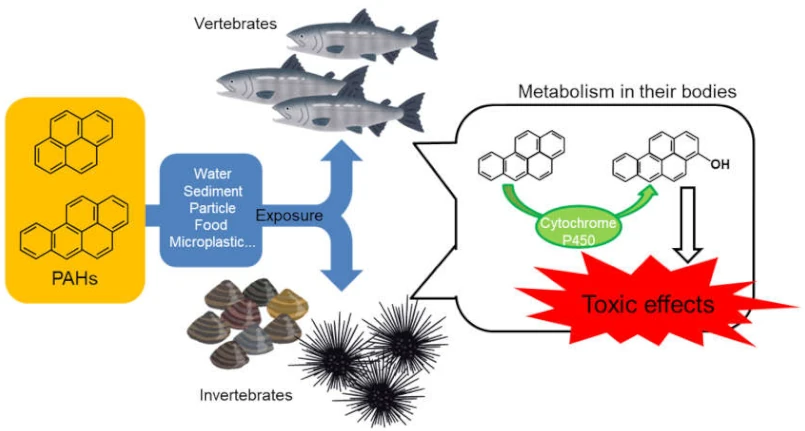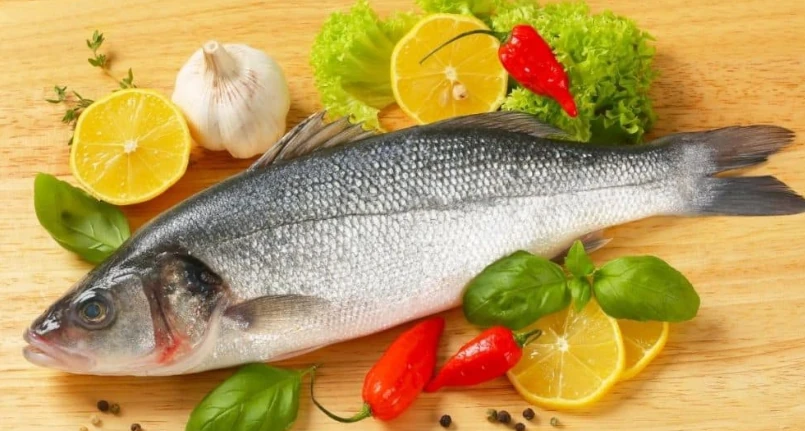Legumes are very valuable foods from a nutritional point of view, which is why they are useful in various circumstances . In fact, they can contribute to the balance of the diet under various aspects and the cases in which they can be advantageously inserted into eating habits are very numerous.
This high level of “adequacy” in the contemporary Western diet depends above all on two factors: the first is given by the collective nutritional requirement, the second by the properties of these foods. Below we will try to understand how to make the most of the nutritional characteristics of legumes to optimize sports training.
What they contain
Legumes are foods that belong to the IV fundamental group of foods. They constitute a considerable source of starch ( complex carbohydrates ), soluble and insoluble fibres , medium biological value proteins , “good” fats (also essential polyunsaturated fats of the omega 3 and omega 9 groups), lecithins and phytosterols, phenolic antioxidants , various water-soluble vitamins (many B vitamins) and fat-soluble (such as vitamin A and vitamin E), many minerals ( calcium , phosphorus , potassium ,magnesium , iron , zinc , selenium , etc.).
In the diet
It is known that, on average, the contemporary man’s lifestyle is characterized by a low or moderate caloric expenditure . In relation to this, collective feeding can be considered “too abundant” on average. This determines an imbalance between the demand for energy and the consumption of the same, favoring overweight and metabolic pathologies . Therefore, the diet should be depleted of high-calorie foods – many of which are poor in other essential and/or beneficial nutritional factors (vitamins, minerals, fibres , etc.) – replacing them with other less energetic foods rich in essential elements, such as legumes .
There is also a category of people, statistically on the rise, who practice a greater level of physical activity through sport and/or a more active lifestyle. Also in this case, thanks to their typical nutritional richness, legumes are very useful in completing all specific needs, supporting the muscular and metabolic effort required by general motor activity.
Before training
Among the nutritional properties of legumes we find in first place the content of complex carbohydrates , because they are quantitatively more abundant. It is starch from which, after digestion and absorption, glucose is obtained .
Glucose is the body’s most important energy source. This is because some tissues are glucose-dependent and cannot do without it: not surprisingly, the body contains two abundant reserves (organized in the form of glycogen ) in the liver and in the muscles.
Legumes are therefore very useful for supporting the body’s energy commitment, which increases significantly through motor activity, above all of the aerobic or high-intensity mixed type. Eating legumes before training is therefore an excellent habit, even if many struggle to find a “practical” solution for the purpose. This is because whole legumes require a rather lengthy cooking, dried ones must also be soaked beforehand, and often the frenzy of daily life does not allow you to plan meals as you should.
Here the food industry comes to our aid with the production of legume pasta , ready in a few minutes. This is quick to cook and can be a perfect first course for lunch before training. If necessary, the legume paste can easily be sealed in an airtight container and consumed as needed as a pre-workout snack .
Eating legume pasta before training can directly support effort and save glycogen energy reserves.
After training
Many will wonder why they prefer legume pasta to wheat pasta. In reality, the ideal would be to alternate them or even mix them. This is because legumes and cereals have the ability to mutually compensate for the biological value of proteins , nutrients that are essential for improving muscle recovery or post-workout hypertrophic growth .
Increasing the percentage of essential amino acids (the “building blocks” of proteins) by combining or alternating legumes and cereals allows you to reduce the portions of eggs, milk and derivatives, meat and fish , all to the advantage of health. In fact, it has been scientifically proven that a large consumption of foods of animal origin can cause an increase in cholesterol and saturated fats which, if in excess, can be harmful.
This is why eating legumes and cereals after training, in the traditional way or by mixing or alternating the two types of pasta , allows both to replenish glycogen reserves and to rebuild damaged muscle tissue.
For everyone
Regardless of the nutritional impact of starch and protein on sporting activity, we remind you that, in a balanced diet , legumes should be consumed at least twice a week.
That said, always in reference to the frenzy of daily life, but also for other reasons – such as the less attractiveness for the little ones – this is sometimes not possible. Legume pasta is therefore an optimal, practical and nutritious solution.
Richer in fiber, it has a more moderate digestibility than that of white cereal flours , with positive effects on the sense of satiety and on the glycemic and insulin index of the meal. The fibers also support intestinal regularity, feed the bacterial flora but without the complication of swelling that characterizes the consumption of whole legumes – due to the presence of some components which, following fermentation, generate gas.
We conclude by saying that legume pasta also has a more interesting content of vitamins and minerals , as well as lecithins and antioxidants, useful for sportsmen. In short, regularly consuming legumes or legume paste not only supports effort and recovery, but assists the beneficial and preventive action of motor activity and sport.




